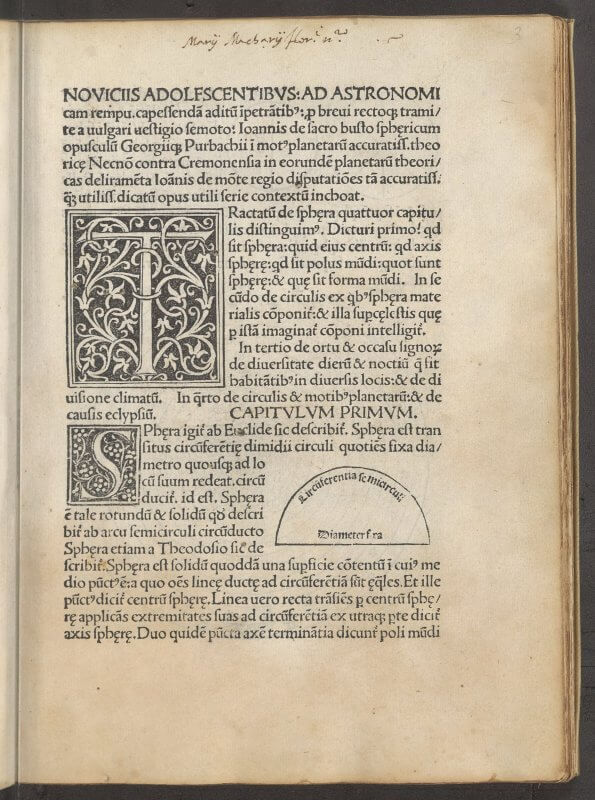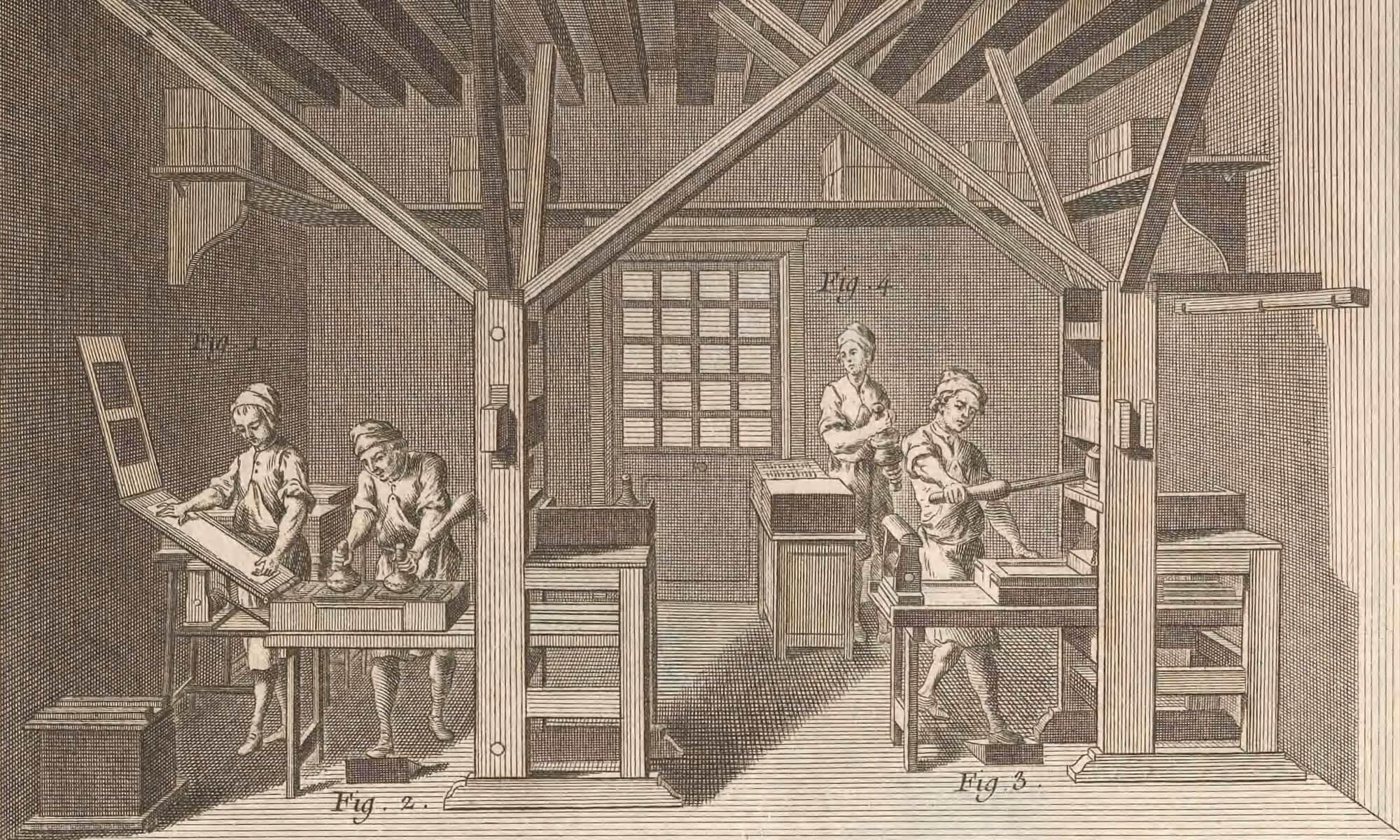Balbi, Catholicon, 1460 (1r)
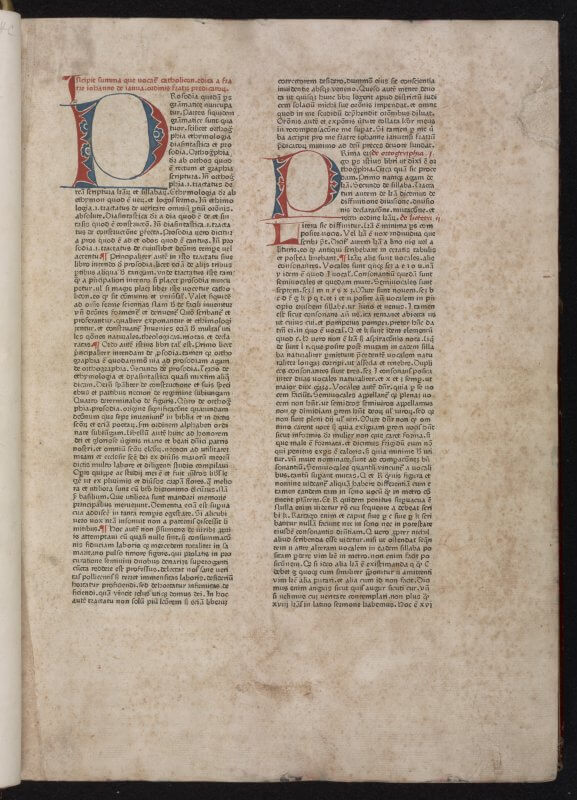
Jacobus, Golden Legend, 1472 (fol. 2r)
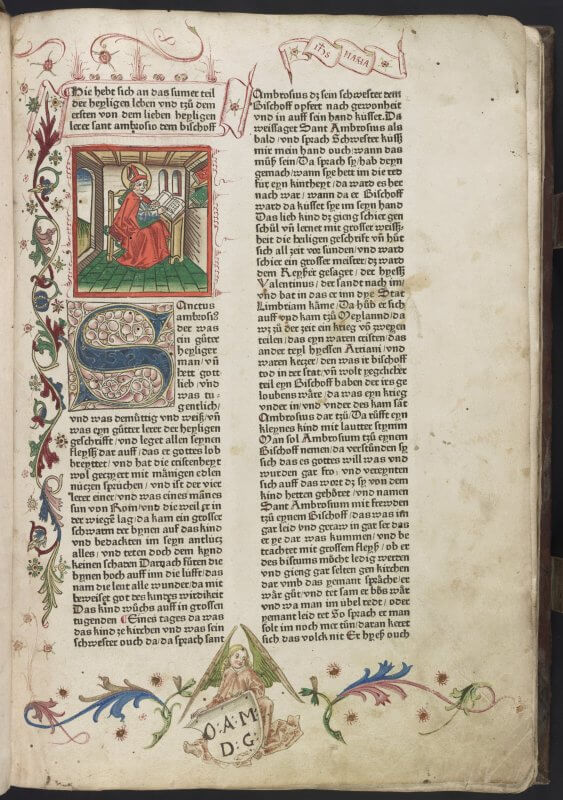
Jacobus, Golden Legend, 1472 (fol. 5r)
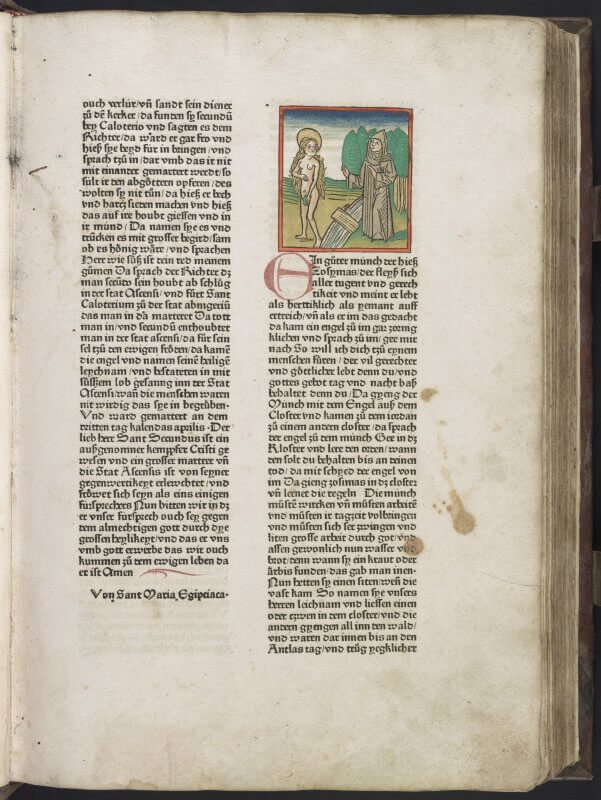
Rinuccio, Aesop, 1521 (sig. c7r)
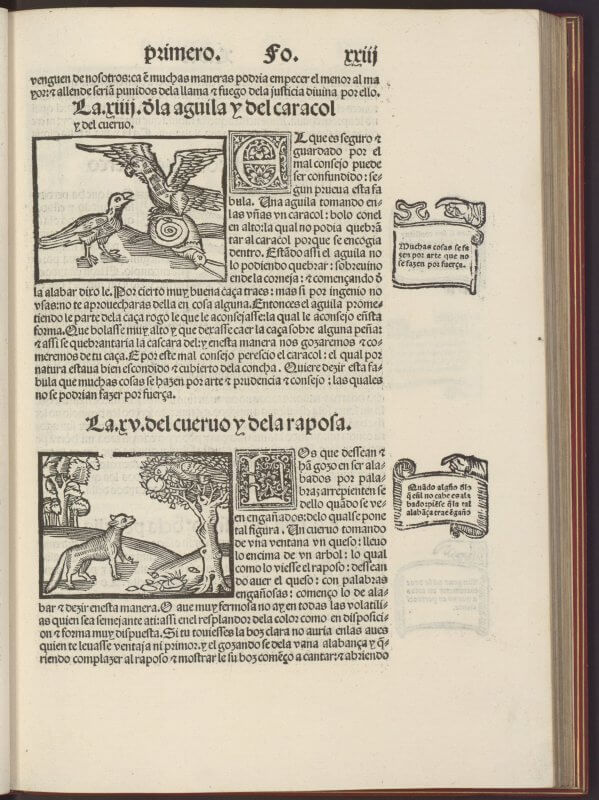
Sacrobosco, Noviciis adolescentibus, 1485 ([1]1r)
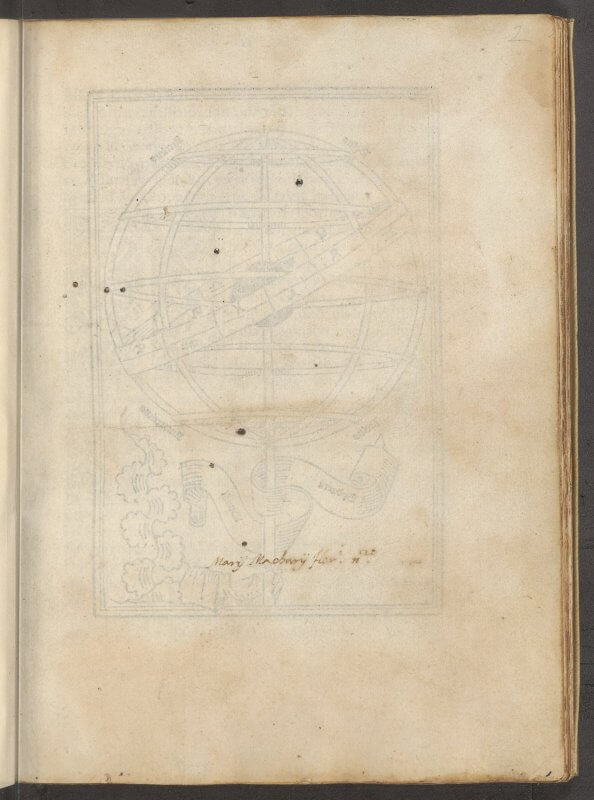
Sacrobosco, Noviciis adolescentibus, 1485 ([1]1v)

Sacrobosco, Noviciis adolescentibus, 1485 ([1]2r)
